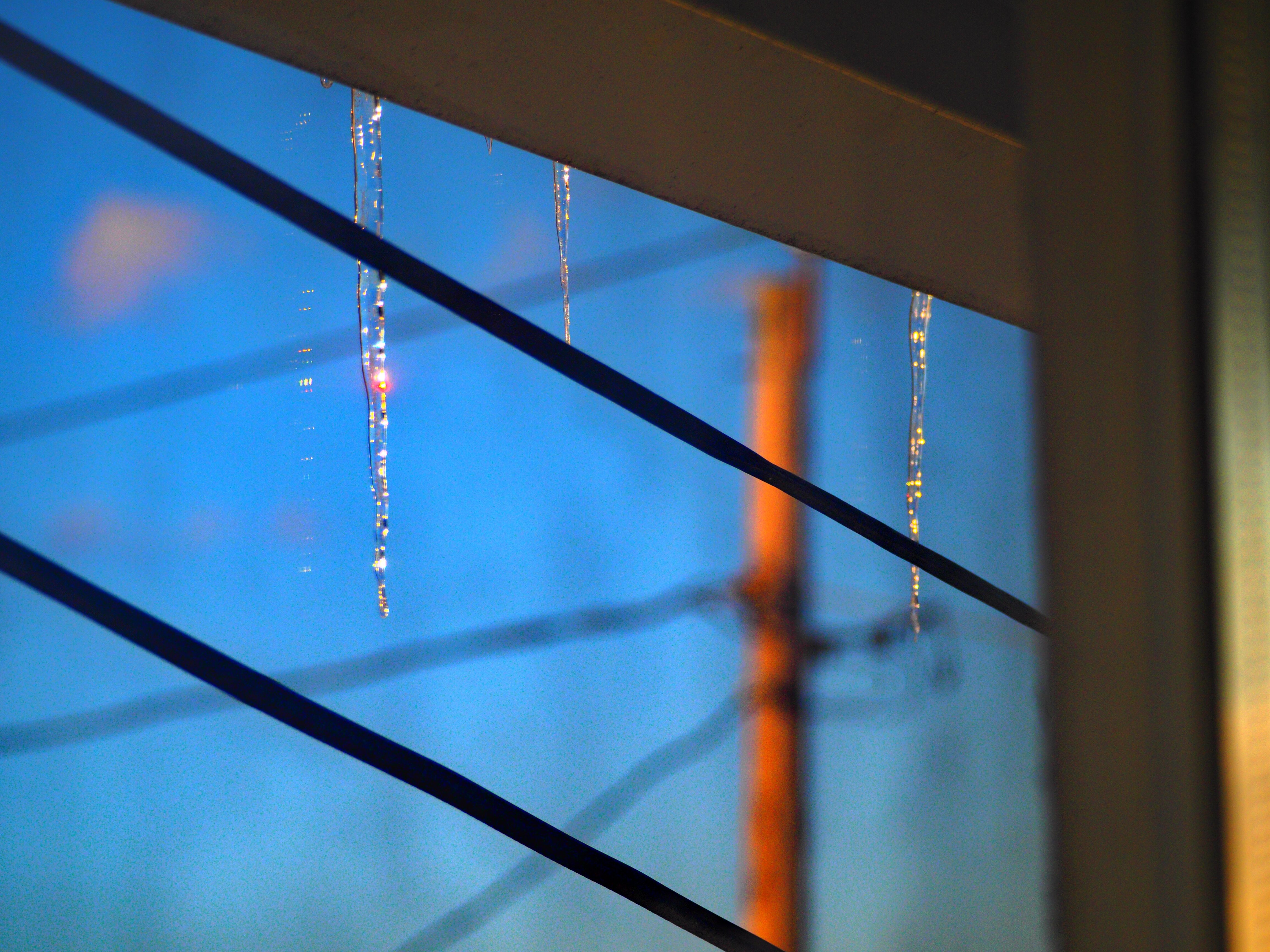-
Posts
44,789 -
Joined
Content Type
Profiles
Blogs
Forums
American Weather
Media Demo
Store
Gallery
Everything posted by LibertyBell
-
it's great to see the sun again!
-
it tolls for thee, too, Ray
-
looks like the city and NE NJ like Teterboro didn't get that hot either. The heat was much more extensive back in 2010 and 2011.
-
lol probably! seriously, though, after midnight it always seems a lot cooler.
-
oh being close to the lake is what most influences your temps
-
the funny thing is over here amount of sunshine is what defines heat for me, my body cools a lot at night, regardless of temps.
-
I really don't concern myself with low temps-- I use 90 degree temps to define heat (it's also the official NWS definition to rank summers by number of 90 degree days.) Higher overnight lows are the result of more water vapor.
-
it must be a regional thing, 1980, 1983, 1988, 1991, 1993, 1995, 1999 and 2002 were our hottest summers in terms of 90 degree temps. 2010 has been our hottest summer since then.
-
I think there might be a logical explanation (from the placement of NAO phase summer vs winter to the fact that warmer SST because of a hot summer add extra juice to developing noreasters and also that warmer SST attract colder airmasses during the winter.) It sure is ironic lol.
-
Ironically we did not hit 100 here near JFK, that record from 2011 was higher here at the coast (I don't remember what the heat index was at Newark), but I know that NYC hit 104 and JFK hit 103. My personal weather station on the south shore of Long Island hit 105.6 We had a stretch of 4 summers 2010-13 that we hit 100+ every year and the summer before set our records for most 90, 95 and 100 degree days!! In July 2010 we hit 100+ three out of 4 days and 2 more times in July 2011. There was a weather conference in Baltimore around the time of peak heat in July 2011, everyone must have been like roasted lobster down there lol.
-
this is a form of self regulation by the planet.
-
most of us lived through that lol, we remember as the 90s as being much hotter (temperature wise anyway)
-
it's not ironic though many of our best winters are preceded by extreme heat. Examples 1955, 1966, 1977, 1993, 1995, 2002, 2010.
-
I think it might be tough to break them because it rains much more now. Have to remove all that water vapor (another potent greenhouse gas) and convert it to drinking water.
-
But still had our longest two week of heat ever and even hit 104 degrees in NYC and 100+ a few more times. Our climate has become a joke now, too much rain and cutoff lows which we never used to see in May before. With climate modification the first thing I would do is destroy upper level lows.
-
I let the pros grow veggies (read I buy them from organic grocery stores), but I do grow flowers and mine look like pancakes from this excessive rainfall. The first thing I would do with weather modification is put an end to cutoff lows. Showers and Tstorms that come at night after a sunny hot day are fine, not days and days of this Ireland weather crap. I'd like to know why cutoff lows are on the increase and especially in May, when they never used to happen this late in the season back in the 80s and 90s.
-
we're going to have so much mold and fungus from this
-
What do you think of the possibilities of the two ridges connecting with each other (creating a ridge bridge as it were lol.)
-
Yes that HI will be miserable for us. It was a few years ago that JFK set their HI record (on back to back days!), both days had a high of 99 and a HI of 117, a true weekend from Hell (complete with power outages!)
-
1980 summer here we come :-)
-
The Euro might be wrong about that third one, the NWS has us going into a drier and warmer pattern starting on May 11th (Mothers Day) for an extended period.
-
But the X link Tony posted indicated a dry summer for us? Why are these cutoffs becoming much more common, is it because of climate change too? Back in the 80s and 90s our Mays were much warmer and drier and we didn't see cutoffs after April.
-
Drier and Warmer weather for an extended period likely to arrive just in time for Mother's Day (May 11th).
-
The only two summers in the 1970s that jump out at me for heat were 1973 and 1977. Before then, our historically hot summers occurred in an 11 year cycle (1944, 1955, 1966.) 1977 still has our hottest two week stretch on record. Of course the 1980s and 1990s were much hotter, 1980 got things started with a historic CONUS heatwave. If I remember correctly the following summers were very hot: 1980, 1983, 1988, 1991, 1993, 1995, 1999, 2002, 2010-2013 Actually that 11 year solar cycle has still prevailed for summer heat, with a few other years thrown in. Map these years for summer heat: 1933, 1944, 1955, 1966, 1977, 1988, 1999, 2010. I think that pattern was broken in 2021 when we didn't have that kind of heat.
-
The climate models were wrong, they actually predicted an average of 3 100 degrees annually for NYC by 2045 and I just don't see that happening.





